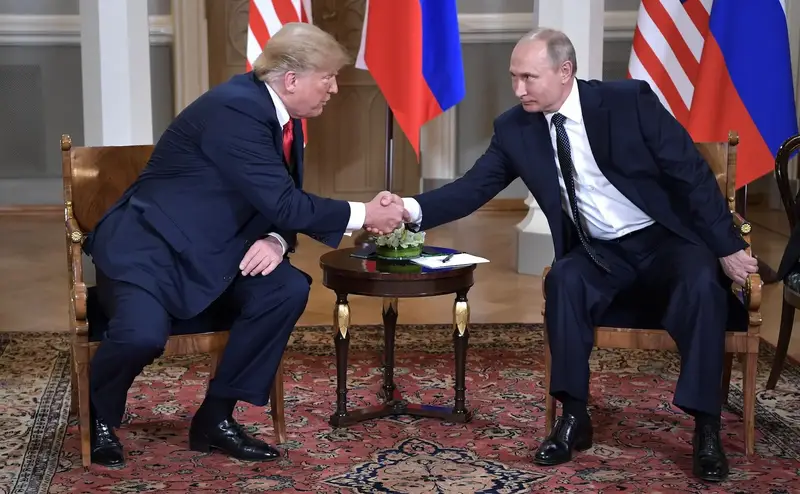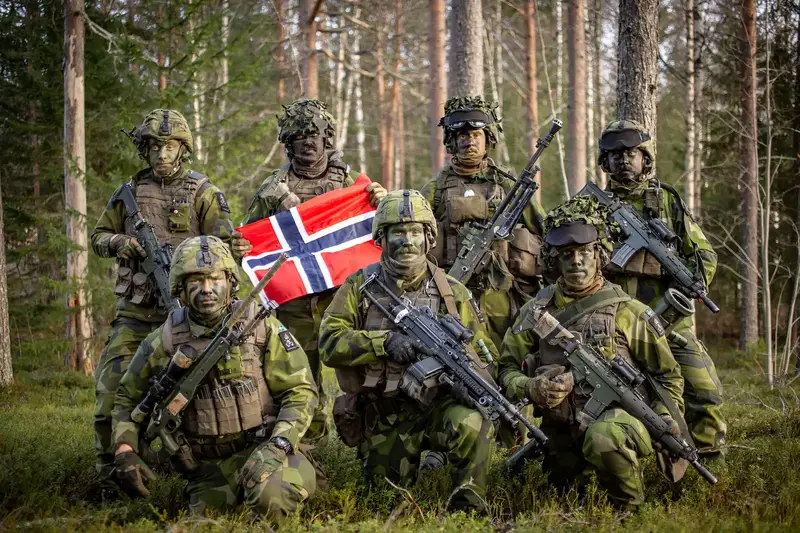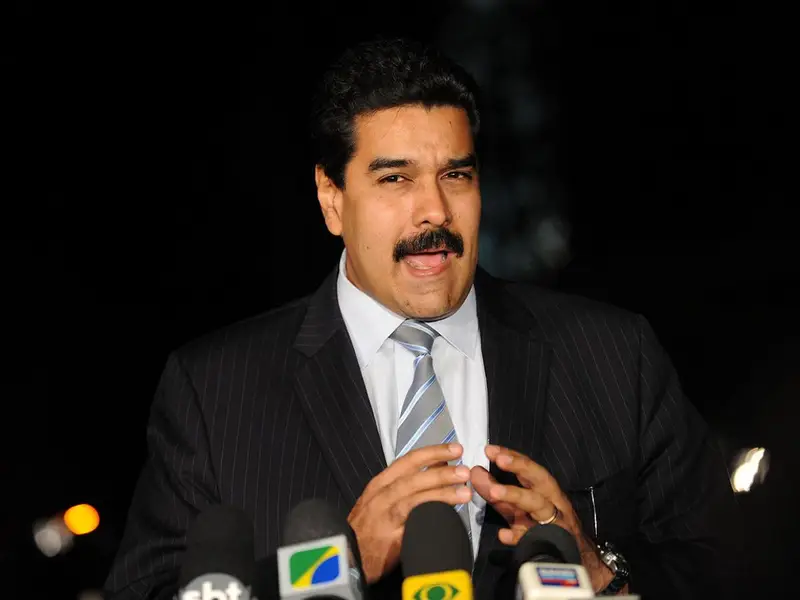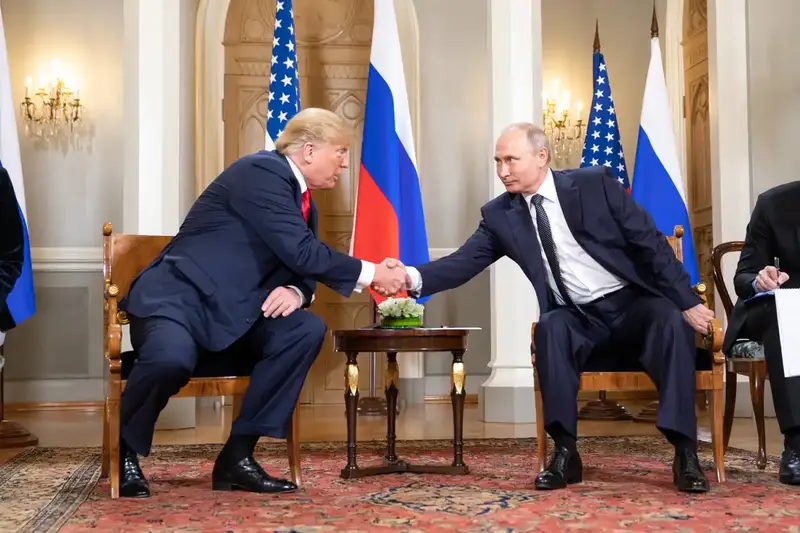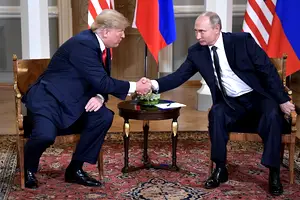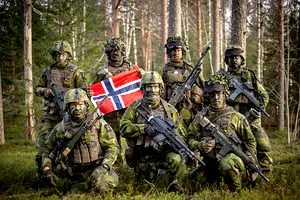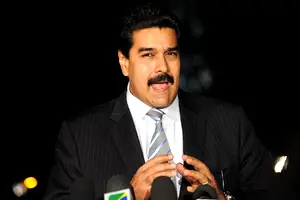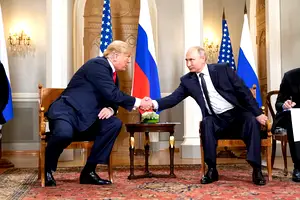A blitz over the Kashmir region between India and Pakistan in early May ended without a clear victor

However, it demonstrated once again that the situation there remains one of the most volatile in the world. What happened, and what comes next?
On the night of May 7, the Indian Air Force launched Operation Sindoor, which, according to New Delhi, was aimed at destroying terrorist infrastructure targets in Pakistan. Indian authorities claimed the strikes were in retaliation for attacks by militants in Indian-administered Kashmir two weeks earlier. Indeed, on April 22, several separatists armed with assault rifles opened fire on tourists in the town of Pahalgam, killing 26. India believes the attacks were organized by Pakistani intelligence services.
On May 10, Pakistan responded with its own operation, Bunyān al-Marsūs. That same day, the two sides unexpectedly agreed to a ceasefire. U.S. President Donald Trump was the first to announce the truce, claiming to be the chief mediator in the settlement. However, official statements from Delhi and Islamabad referred only to bilateral talks. Despite the declared ceasefire, gunfire exchanges continued throughout the following day but gradually subsided.
On May 12, India opened the floodgates of the Chenab River dam, which is part of the Indus Basin and had previously been closed to deny the adversary access to water. Airports near the front lines, which had been closed during the height of the conflict, also resumed operations.
It remains nearly impossible to objectively assess the combat performance or military effectiveness of either side. Even the limited official information from both governments is of questionable accuracy. Social media and online platforms in both countries were flooded with fake information, rumors, and propaganda. At the height of the escalation, Indian media outlets reported heroic airstrikes on the Pakistani city of Karachi, while Pakistani sources celebrated the destruction of Indian aircraft and command centers.
It is confirmed that a large-scale air battle took place between the Indian and Pakistani air forces. Indian officials praised the performance of their air defenses, particularly the Russian-made S-400 Triumf system. They claimed that the system successfully repelled Pakistani aerial attacks. «Reliable defensive coverage is India’s hallmark», said Indian Prime Minister Narendra Modi. He was likely referring to Western-made fighter jets as well, and he added that India has access to «new and advanced technologies that Pakistan cannot counter».
However, some military analysts argue that Pakistan’s simpler, cost-effective weapons performed better. Chinese media outlets reported that Pakistan successfully used Chinese fighter jets equipped with Chinese-made air-to-air and air-to-surface missiles, which allegedly struck an S-400 system. Xinhua even cited Pakistani military claims that a hypersonic missile strike had been carried out from a Chinese JF-17 jet. But such claims are met with skepticism — it’s doubtful that Pakistan has access to such cutting-edge weaponry, which even the U.S. does not yet fully possess.
Both sides reportedly used drones and counter-drone systems, though their effectiveness remains unclear. Still, analysts suggest that Pakistan made better use of these affordable, effective systems, which were likely acquired from China and Turkey. Supporting this view is the recent promotion of General Asim Munir, Pakistan’s top military commander, to field marshal, the highest military rank. The promotion was officially approved by Prime Minister Shehbaz Sharif’s cabinet in recognition of Munir’s role in defending the country from foreign aggression. Though largely symbolic and not accompanied by new responsibilities, the title marks an increase in Munir’s influence in a country where the military plays a significant political role.
One thing is clear: both nuclear-armed nations feared a full-scale war and quickly moved to deescalate the conflict. There’s also a financial dimension. «The 87-hour conflict cost both sides $1 billion per hour, or $20 billion per day. Had it continued for a month, total losses could have exceeded $500 billion, with India alone accounting for over $400 billion», wrote the Indian Express. Prolonged hostilities likely weren’t in India’s plans, given its ambitions to be seen as the world’s fastest-growing major economy. The conflict also affected neighboring, export-dependent countries, slowing economic growth, deterring investment, and diverting resources from development to defense. The paper noted that an extended India-Pakistan war would have reduced trade volumes and paralyzed regional integration within the South Asian Association for Regional Cooperation (SAARC), which is home to 1.8 billion people.
Thus, economics is far from irrelevant. However, the underlying volatility remains, and further clashes are likely. Both sides continue to demonstrate military resolve, yet neither appears willing to engage in a prolonged war.
Investigations into the latest incident, currently underway on both sides, will almost certainly blame the other side for initiating hostilities. This pattern has persisted since 1947, when Pakistan and India gained independence from the departing British and were divided along ethnic lines. At the root of their chronic conflict lies the unresolved dispute over Kashmir. Without a mutually recognized border — only a Line of Control established in 1972 — neither side has an incentive to compromise. Both countries support separatist groups in the other country, and alternating bouts of escalation and negotiation perpetuate the region’s instability.
Efforts to normalize relations are also complicated by external interests, notably China’s. Due to its own tensions with India, Beijing cannot be seen as truly neutral. Reports suggest that up to 80% of Pakistan’s weaponry is of Chinese origin.
The fact that this is merely a ceasefire is evident from recent official rhetoric. Prime Minister Modi declared that India would not engage in trade or talks with Pakistan and warned that Pakistan would pay a high price for each terrorist attack, both militarily and economically. On May 22, The Economic Times reported that India’s National Security Advisor, Ajit Doval, would travel to Moscow for a high-level security meeting hosted by the Russian Security Council. There, he is expected to push for the accelerated delivery of two contracted S-400 systems and potentially negotiate additional arms deals. India also seeks political support from Russia because New Delhi believes that Russia shares its stance on separatism and terrorism.


